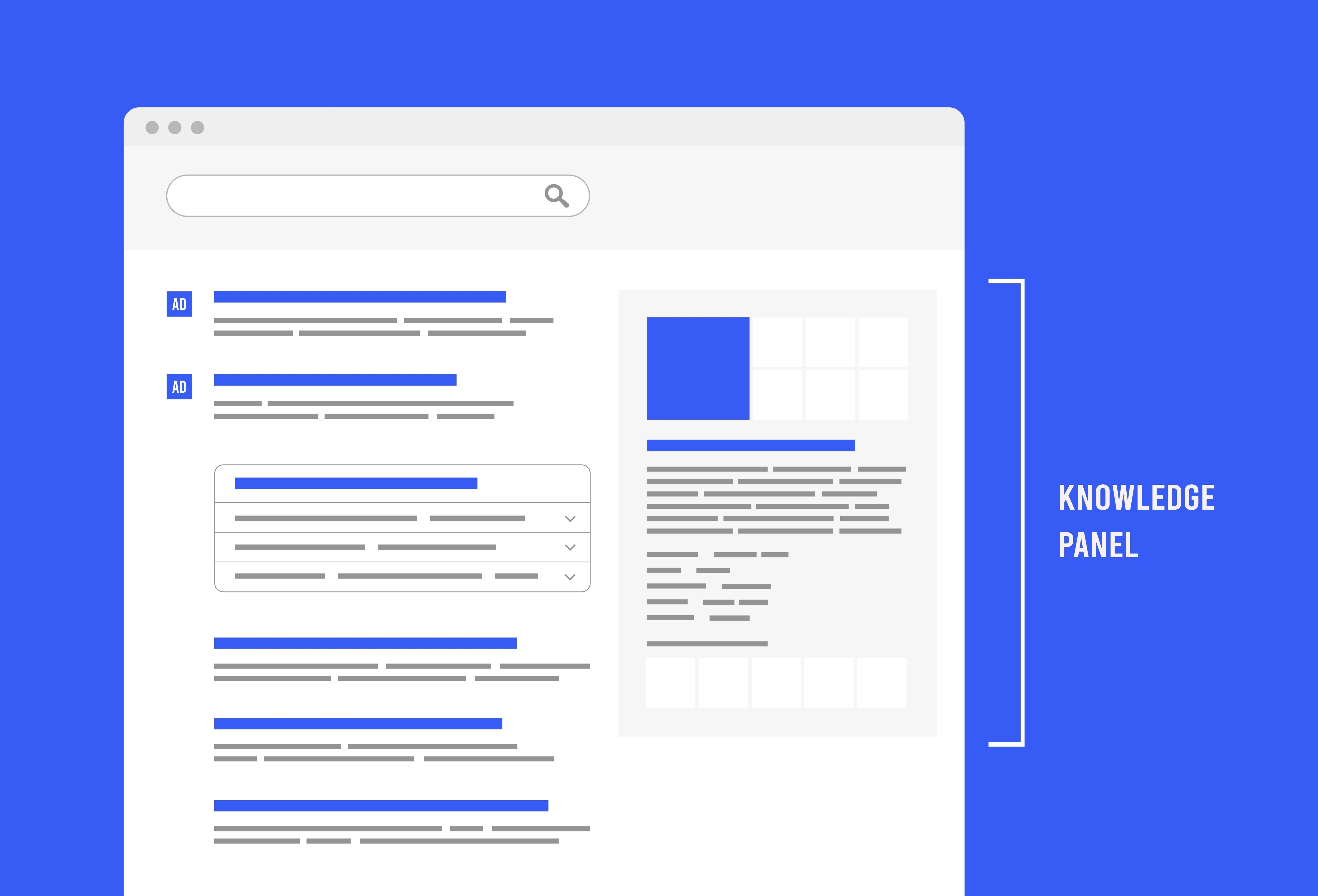Set Up and Optimize a Google Business Profile For Dental Practices

While Google can automatically crawl and index your website, the process is not very reliable without providing additional context and information. For example, Google Bot’s initial crawl may (hopefully) label your website as a “dental office”, but most patients don’t search for “dental office”. They’ll search for dental implants, broken teeth, orthodontists, and other keyword variations.
Without giving Google more information about your business, you may not rank for crucial searches like “orthodontist near me” and miss out on new patients. In response, Google created Google Business Profiles (formerly known as Google My Business) to help bridge that gap and match users with high-quality, relevant search results.
Did you know that 78% of localized searches result in an in-store purchase? - SEO Tribunal
Why Should I Focus on GBP in 2023?

According to an annual Local Search Ranking Factors report, SEO experts reported a shift in what factors have the greatest impact on your local search rankings in 2023.
The biggest shift occurred for factors that specifically affect your rankings in the Local Pack/Finder and Google Map results. Experts across the industry weighed various ranking factors for the Local Pack/Finder and Maps in 2023 and concluded that the top three important factors are:
- GBP Signals: Optimizing your GBP dominates the top spot once again in 2023 as experts say that various GBP signals are the highest-weighted ranking factors for Google’s Local Pack rankings.
- On-Page Signals: On-page signals, such as domain authority and proper keywords, came in second place this year for the most weighted signal groups.
- Review Signals: The importance of reviews remained relatively the same compared to previous years, though it is now ranked third behind on-page signals.
GBP signals dominated the ranking factors for Local Pack/Finder and Map results by a significant margin even as the other factor groups shifted around. GBPs are likely to retain the top spot for several more years since they essentially outsource the burden of collecting information to local businesses while simultaneously improving the quality of search results.
GBP vs Knowledge Graph: Which One Should I Use for My Dental Practice?

Google Business Profiles and Knowledge Graphs both provide additional information to search users and appear in the Knowledge Panel on the right side of search engine results pages (SERPs). Knowledge Graphs typically focus on well-known people, places, and events; however, these SERP features can also cover some businesses such as the Coca-Cola Company.
According to Google, the key difference between Knowledge Graphs and GBPs is that GBPs are exclusively reserved for businesses that serve customers “at a particular location or within a designated service area.” The location or service area in your GBP will directly contribute to your rankings in the Map Pack, so all brick-and-mortar dental practices should be using a GBP.
Six Ways to Optimize Your GBP and Attract New Patients

1. Claim and verify your GBP
The first step is to claim your Google Business Profile and make sure no one else is masquerading as the owner of your brand. Some marketing providers like Einstein Dental can claim and manage your GBP for you while you still maintain ownership of it, sort of like lending your car keys to a valet.
Then you or your marketing provider will need to clean up duplicate business listings and correct any conflicting information such as hours of operation, phone number, etc. Listing consistent information about your business provides a better user experience and strengthens your GBP.
2. Fill out your profile in full
When you create a GBP from scratch, you’ll select a primary category that describes your business. The first category you select should cover all bases of your brand, so most practices will want to select “dentist” or “dental clinic” as their primary category. After that, you can select up to 10 supporting categories to describe your brand and specialties.
Here are a few of the major dental topics that you can choose from Google’s list of business categories:
- Dentist
- Dental Clinic
- Dental Hygienist
- Dental Implants Provider
- Periodontist
- Orthodontist
- Emergency Dental Service
- Endodontist
- Cosmetic Dentist
You can also add individual treatments and services to your GBP to further define your brand and improve your lead quality. If you already have a GBP account, we suggest reviewing the list of services and categories to make sure your profile is up-to-date and accurately reflects your brand.
3. Update or upload photos
As a dentist, you’re probably aware that first impressions are important and that a dazzling smile can go a long way when meeting someone new. Photos and other media of your business have the same effect when search users discover your practice.
Any photos you upload to your GBP can be shown in the Knowledge Panel or Local/Map Pack, which helps users form an immediate connection to your brand before visiting your site. Even if you have trouble finding time to schedule a full photo session, we recommend uploading at least one unique, high-quality image to start.
“The photo you choose for your Google Business Profile cover photo should be one that helps users quickly identify what your business is and what they can expect when they visit your location.” - SEMRush
If you already have some photos on your GBP, you should periodically check to see if any of them need to be swapped out for newer, higher-resolution versions.
4. Consider service areas
When you first set up your GBP, Google will ask you to list your physical location(s) in order to match localized searches to your dental practice. This step is fairly straightforward, and Google will automatically match patients to your business based on proximity, search history, etc.
In some cases, dental practices may also want to set up a service area in addition to their physical location. Some businesses can set up a service area if they provide any services beyond a brick-and-mortar office. While you usually see businesses like plumbers use service areas, some dentists can set up a service area if they do house calls or other out-of-office treatments.
5. Don’t neglect 3rd party tools
When Google rebranded Google My Business to Google Business Profiles, it added deeper third-party integrations to expand the platform's capabilities. Big SEO players such as Yext, SEMRush, and Local Falcon have developed powerful tools for GBPs so you have more control over your local SEO ranking than ever before.
With these tools, you can even track your ranking neighborhood-by-neighborhood to see how proximity influences local search results.
6. Link to strong website and content
You always need to link your Google Business Profile to your main website, and the strength of your site and its content will impact your local SEO rankings. The 2023 report on local search ranking factors shows that on-page signals are weighted highly, and this data reinforces everything we know about Google’s content standards.
Dental content falls under the category of Your Money, Your Life content (YMYL) which covers “topics that could significantly impact the health, financial stability, or safety of people”. Google maintains strict guidelines for YMYL content that revolves around the source’s experience, expertise, authoritativeness, and trustworthiness (aka EEAT content).
Without quality EEAT content on your site, you’re severely limiting the effectiveness and ROI of any SEO campaigns and strategies.
Ready to Optimize Your GBP and Lead Generation?
While Google’s strict guidelines for dental content help filter out some competitors, the market is still crowded and highly competitive depending on your area. As a dental practitioner, you should be focusing on optimizing your Google Business Profile and Local SEO strategy.
If you have trouble optimizing your GBP or aren’t satisfied with your current lead generation, it may be time to seek advice from the experts. Learn more about generating local leads with a free SEO consultation from Einstein Dental.


